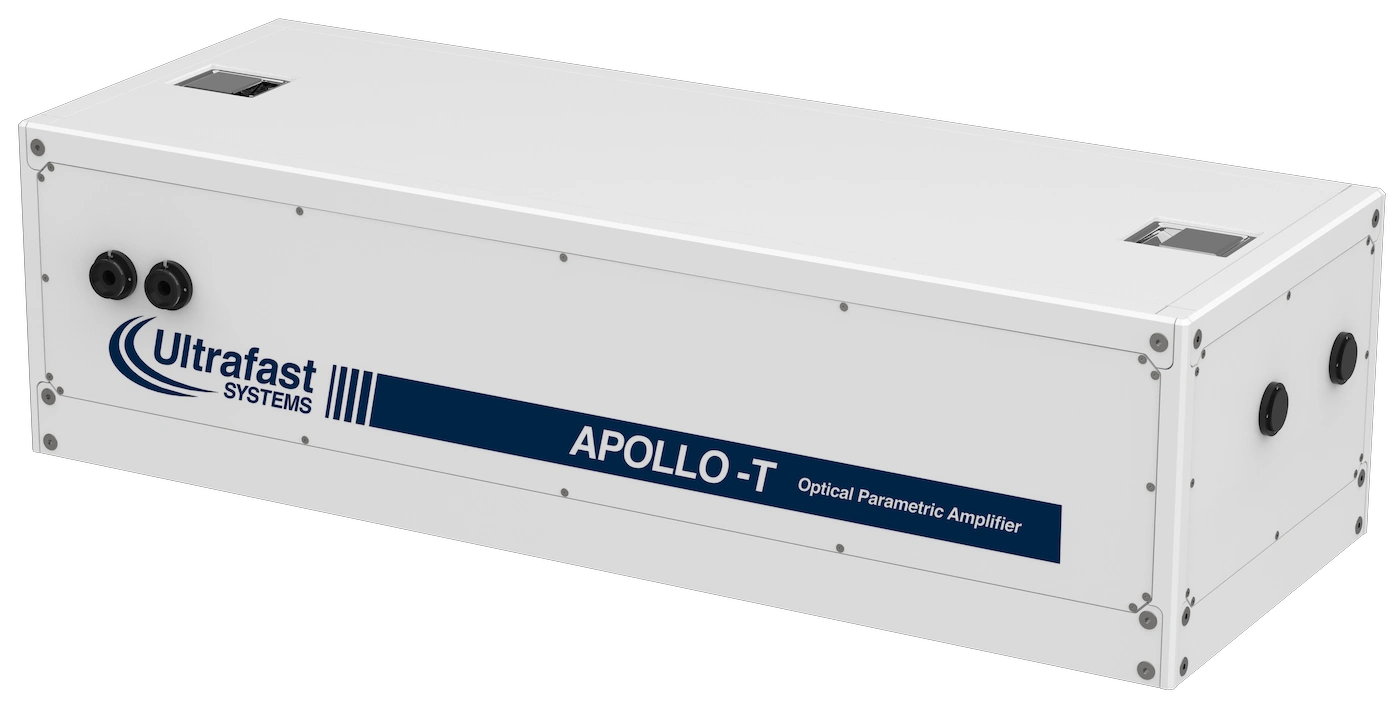
The Apollo-T OPA has been developed to extend the tuning range of a kHz Ti:Sapphire amplifier from the UV to the Mid-IR. It is optimized to work with Ultrafast Systems’ spectrometers. High stability and high efficiency are achieved through two-step amplification of a white-light supercontinuum, and nonlinear crystal tuning, optical delay compensation, and wavelength separation are fully computer controlled.
This OPA has been designed as a capable yet easy-to-use light source with the spectroscopist in mind. Its layout has been optimized to fit neatly alongside new or existing spectrometry systems, minimizing the amount of table space required. The inclusion of multiple frequency conversion schemes allows for computer-controlled tuning of the output wavelength, while collinear output from a single port reduces the need for external beam routing optics. The timing of the pulse output remains consistent across the whole wavelength tuning range. Optional integrated stages for the generation of the second and third harmonics of the fundamental laser wavelength further reduce the need for external routing optics and a harmonics generator.
Designed for amplified Ti:Sapphire lasers
Single enclosure design 36cm x 97cm (14” x 38”)
Optimized for use with Ultrafast Systems’ delay lines and spectrometers
Single port output across the entire tuning range of each option (UV-VIS and mid-IR)
Fully automated operation – no manual action required for changing the output wavelength
Fully tunable from 240 nm to 10 µm with an option of built-in SHG (400 nm) / THG (267 nm)
Consistent output pulse timing and beam pointing across the entire tuning range – very convenient for pump-probe experiments.
Diagnostic output port (signal and idler check)
Alternate input and output ports for increased table layout flexibility
Mode
Range (nm)
Energy (uJ) at peak*
Polarization
SH SF
240 - 295
> 15
H
FH Signal
300 - 400
> 20
V
FH Idler
400 - 480
> 10
H
SF Signal
480 - 540
> 70
V
SF Idler
540 - 600
> 40
V
SH Signal
600 - 800
> 60
H
SH Idler
800 - 1150
> 30
V
Signal
1150 - 1600
> 120
V
Idler
1600 - 2600
> 60
H
DFG
2400 - 10000
> 10
V, H
*measured with 100 fs, 1 mJ pump input
Wavelength
~ 800 nm
Pulse duration
35 - 150 fs
Pulse energy
≥ 0.5 mJ
Beam diameter
≤ 12 mm (1/e2)
Stability
< 2% (pulse-pulse)
Typical 2nd harmonic of signal spectra:
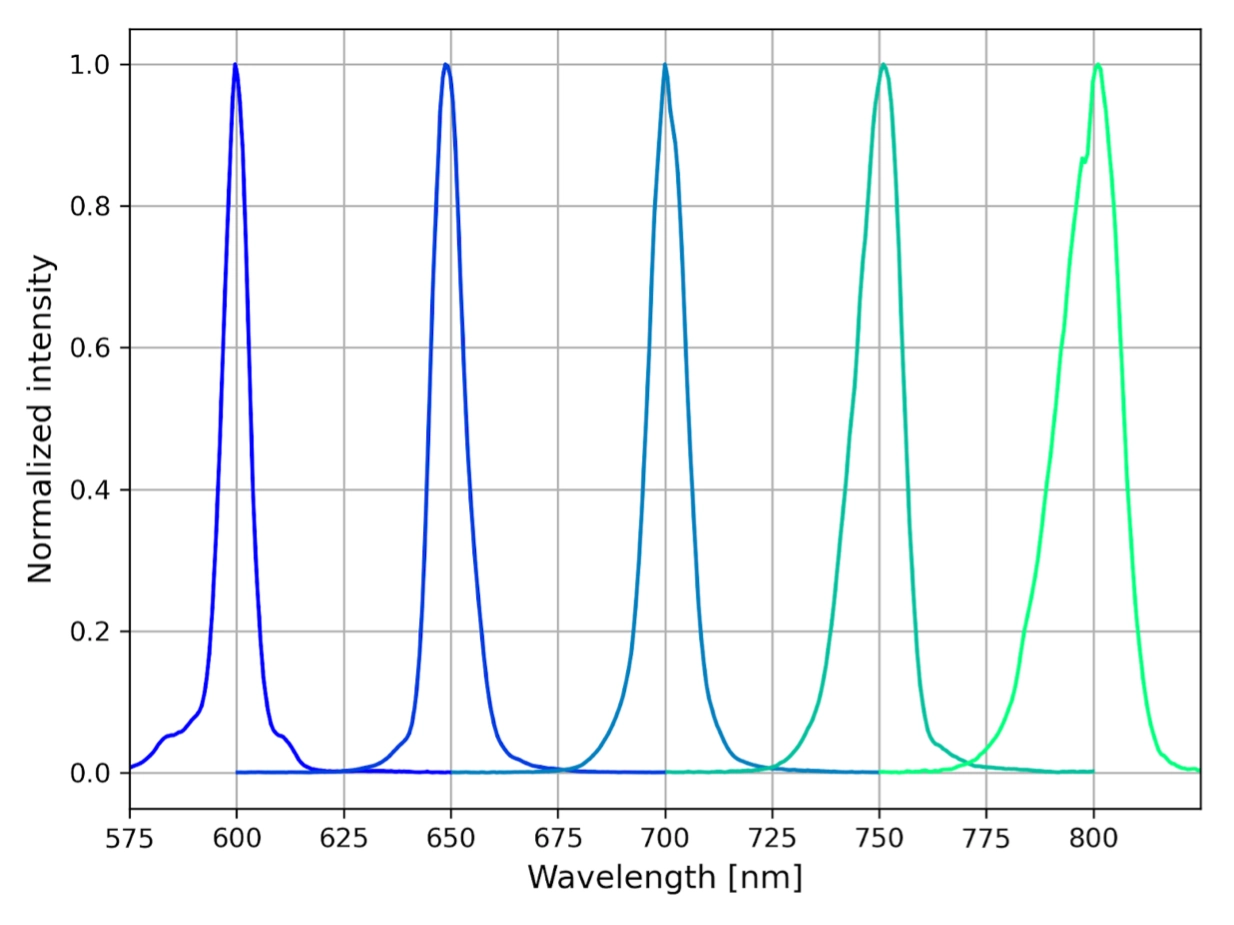
Typical 4th harmonic of signal spectra:
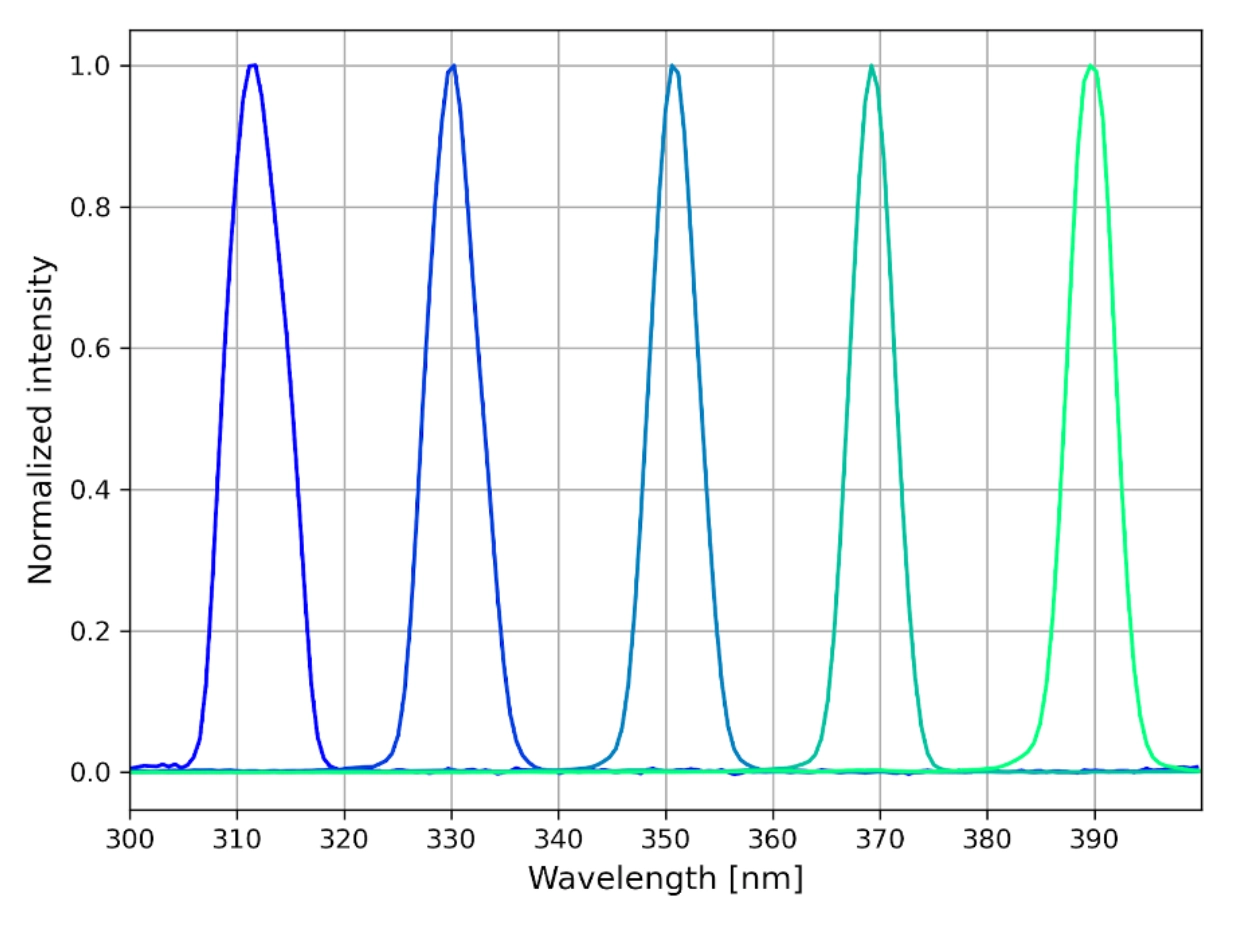
Typical Sum frequency of signal spectra:
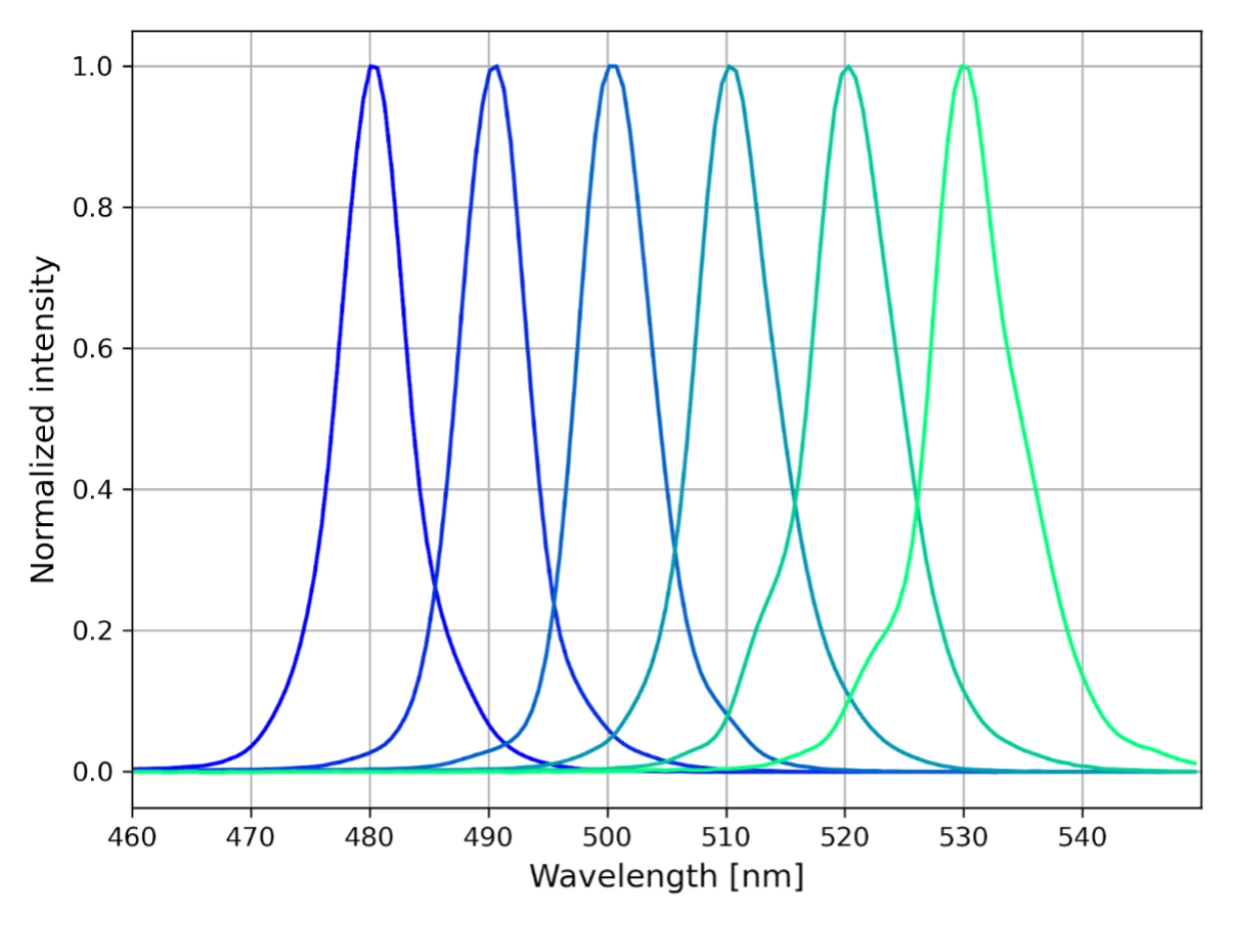
Long-term stability of the output (700nm, SHS mode):
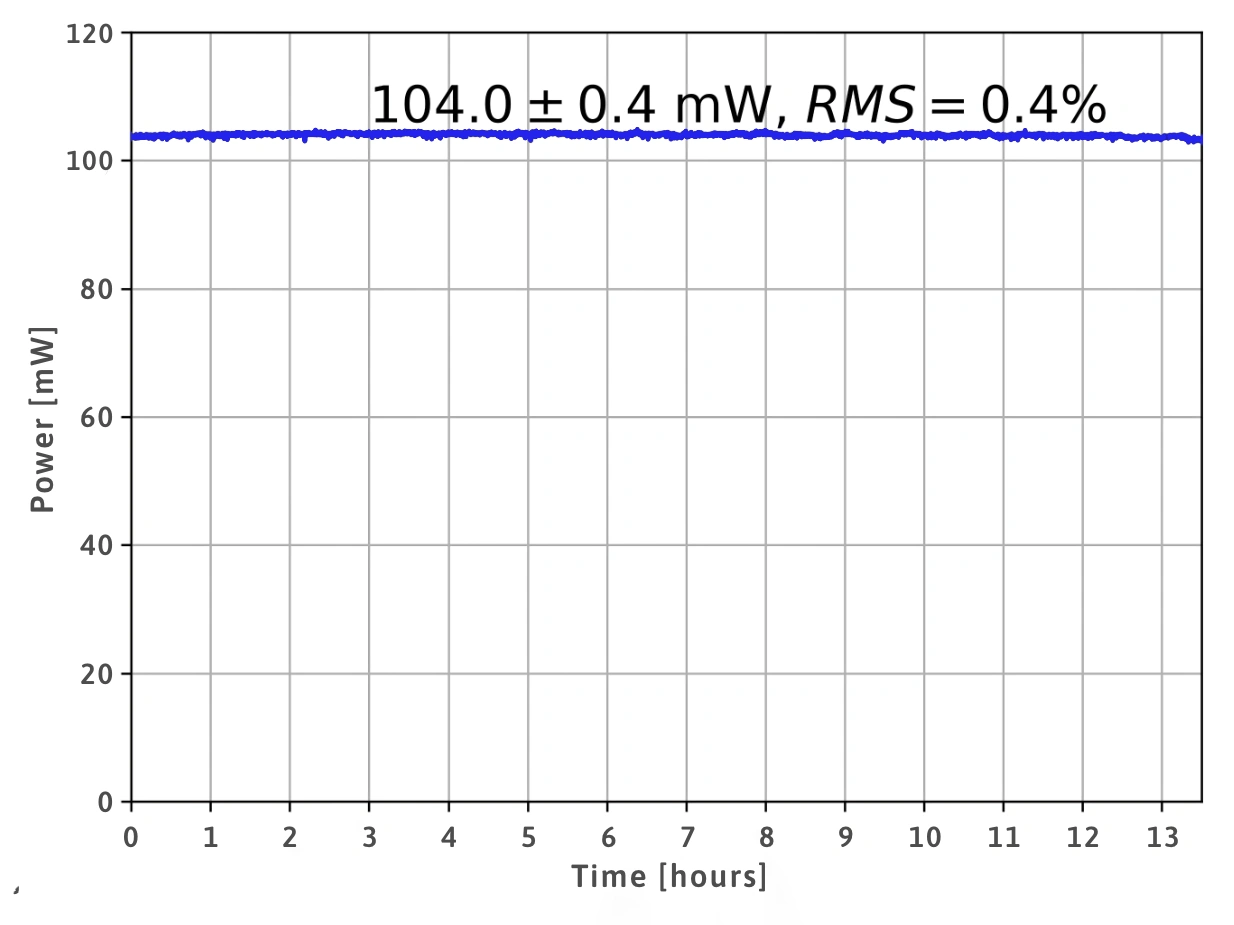
This site is protected by reCAPTCHA and the Google Privacy Policy and Terms of Service apply.
© 2002 – 2024 Ultrafast Systems, 8330 Consumer Ct, Sarasota, FL 34240, USA. All Rights Reserved.
An answer to your question might already be there.